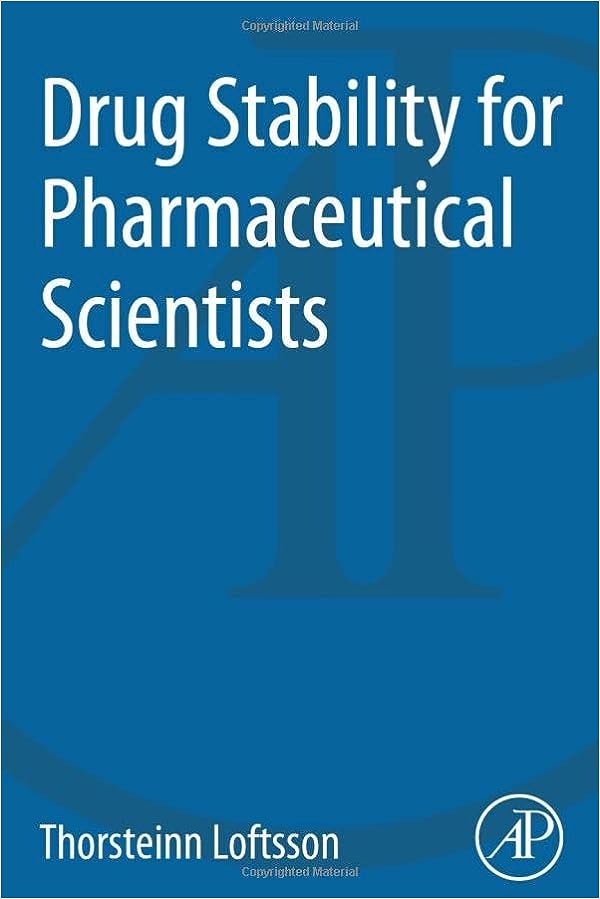Exploring the Future of Stability Testing Regulations: Trends and Insights
Introduction
Stability testing regulations are at the core of pharmaceutical development, ensuring that products meet safety, quality, and efficacy standards throughout their lifecycle. As the industry evolves with advancements in science, technology, and sustainability, stability testing regulations are adapting to address emerging challenges and opportunities. This article examines key trends shaping the future of stability testing regulations and offers predictions on how these changes will impact the pharmaceutical industry.
Trend 1: Integration of Advanced Technologies
The adoption of advanced technologies is transforming stability testing practices, improving
- Predictive Modeling: Machine learning and AI tools analyze early-stage stability data to forecast long-term trends, reducing the reliance on extensive real-time studies.
- Automation: Automated systems for data collection, analysis, and reporting streamline stability testing workflows.
- Digital Twins: Virtual models of stability chambers and product behaviors simulate environmental effects, enabling real-time decision-making.
Prediction: Regulatory agencies will increasingly accept predictive models as supplementary data in stability submissions, accelerating approval timelines.
Trend 2: Emphasis on Global Harmonization
Regulatory bodies are working to harmonize stability testing guidelines across regions, simplifying submissions for global markets. Initiatives include:
- ICH Guidelines: Efforts to expand the application of ICH Q1A(R2) and related guidelines to emerging markets.
- Collaboration: Agencies like FDA, EMA, and WHO are aligning their requirements to reduce redundancies.
Prediction: Increased harmonization will lead to unified templates for stability testing protocols, streamlining global submissions and reducing regulatory complexity.
Trend 3: Sustainability in Stability Testing
With growing emphasis on environmental responsibility, sustainability is becoming a key focus in stability testing. Efforts include:
- Eco-Friendly Packaging: Evaluating the stability of products in recyclable and biodegradable materials.
- Energy-Efficient Chambers: Adopting chambers with optimized energy use to reduce carbon footprints.
Prediction: Sustainability metrics will become a regulatory requirement, with agencies mandating the inclusion of eco-friendly practices in stability testing protocols.
Trend 4: Focus on Biologics and Advanced Therapies
As biologics and advanced therapies dominate pharmaceutical pipelines, stability testing regulations are evolving to address their unique requirements:
- Temperature Sensitivity: Enhanced guidelines for cold chain storage and stability testing at ultra-low temperatures.
- Complex Analytical Methods: Incorporating advanced tools like mass spectrometry for monitoring biologic stability.
Prediction: Regulatory agencies will release specific guidelines tailored to the stability testing of cell and gene therapies, mRNA vaccines, and monoclonal antibodies.
Trend 5: Data Integrity and Transparency
With the rise of digital tools, ensuring data integrity is paramount for regulatory compliance. Key developments include:
- Electronic Data Systems: Transitioning from manual record-keeping to electronic systems that enhance traceability.
- Blockchain Technology: Leveraging blockchain to secure stability data and provide immutable audit trails.
Prediction: Regulators will mandate the use of electronic systems for stability data management, emphasizing data security and transparency.
Trend 6: Expansion of Real-Time Release Testing
Real-time release testing (RTRT) is gaining traction as a complement to traditional stability testing. Benefits include:
- Faster Approvals: Generating stability data in parallel with real-time testing accelerates the regulatory process.
- Dynamic Monitoring: Continuous monitoring during production provides immediate insights into product stability.
Prediction: RTRT will become a standard practice, with regulatory bodies providing detailed guidance on its integration with stability testing programs.
Trend 7: Enhanced Focus on Regional Needs
While global harmonization is progressing, regional considerations remain critical, particularly for emerging markets. Trends include:
- Climate-Specific Guidelines: Increased focus on Climatic Zones III and IVb for hot and humid regions.
- Simplified Protocols: Streamlined requirements for resource-constrained settings to facilitate market entry.
Prediction: Regional agencies will introduce hybrid models that balance global standards with localized needs, supporting equitable access to quality medicines.
Trend 8: Personalized Medicine and Stability Testing
The rise of personalized medicine is challenging traditional stability testing frameworks. Key developments include:
- Small Batch Testing: Stability studies for individualized treatments require flexible protocols.
- Customized Storage Solutions: Tailoring storage conditions for specific patient needs.
Prediction: Regulatory agencies will establish new stability guidelines for personalized therapies, incorporating innovative testing methodologies.
Challenges in Adapting to Future Regulations
While these trends bring opportunities, they also present challenges for manufacturers:
- Cost of Innovation: Implementing advanced technologies and sustainable practices requires significant investment.
- Regulatory Complexity: Navigating evolving guidelines across regions can complicate compliance efforts.
- Workforce Training: Upskilling teams to adapt to new tools and methodologies is essential but resource-intensive.
Tip: Proactively engage with regulatory bodies and industry forums to stay ahead of changes and streamline adaptation efforts.
Conclusion
The future of stability testing regulations is marked by innovation, harmonization, and sustainability. As regulatory agencies and manufacturers adapt to new scientific advancements and market dynamics, stability testing programs will become more efficient, precise, and environmentally conscious. By embracing these trends and preparing for the predicted changes, pharmaceutical companies can ensure compliance, drive innovation, and contribute to a more sustainable industry.
